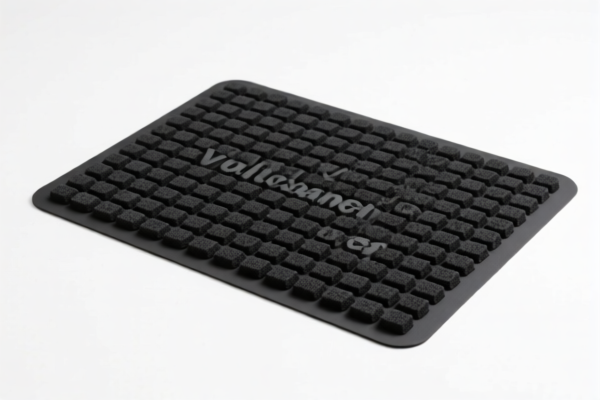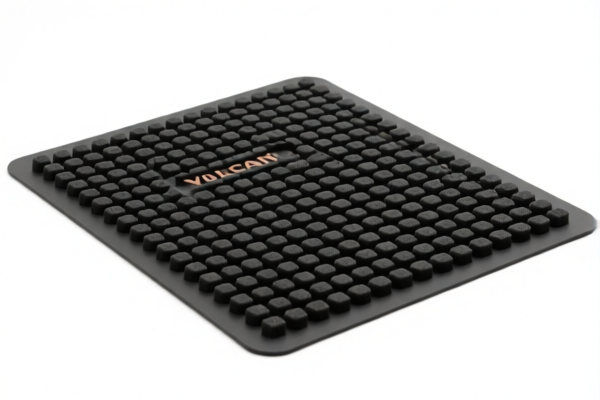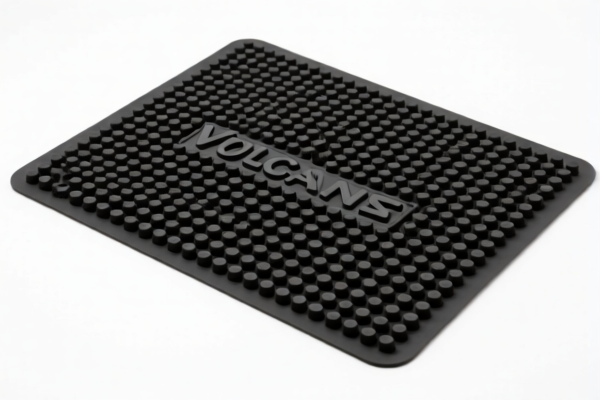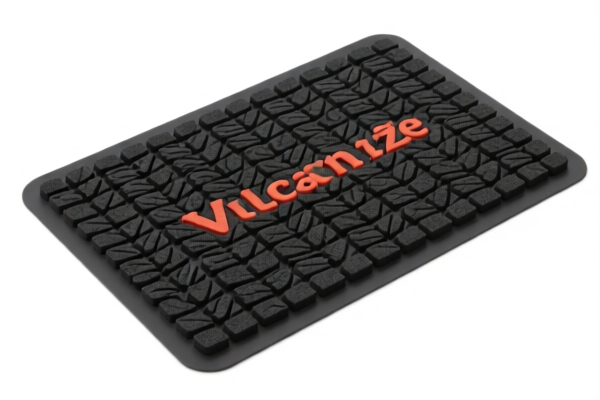| HS Code | Official Doc | Tariff Rate | Origin | Destination | Effective Date |
|---|---|---|---|---|---|
| 8425490000 | Doc | 55.0% | CN | US | 2025-05-12 |
| 7326908688 | Doc | 82.9% | CN | US | 2025-05-12 |
| 7326903500 | Doc | 87.8% | CN | US | 2025-05-12 |
| 7323997000 | Doc | 60.3% | CN | US | 2025-05-12 |
| 7323999080 | Doc | 83.4% | CN | US | 2025-05-12 |
| 8708995500 | Doc | 57.5% | CN | US | 2025-05-12 |
| 8708995500 | Doc | 57.5% | CN | US | 2025-05-12 |
| 8709900090 | Doc | 55.0% | CN | US | 2025-05-12 |
| 8709900010 | Doc | 55.0% | CN | US | 2025-05-12 |
| 3926904800 | Doc | 33.4% | CN | US | 2025-05-12 |
| 3926909950 | Doc | 42.8% | CN | US | 2025-05-12 |
| 3925900000 | Doc | 60.3% | CN | US | 2025-05-12 |
| 3925100000 | Doc | 61.3% | CN | US | 2025-05-12 |
| 4016995500 | Doc | 57.5% | CN | US | 2025-05-12 |
| 4016996010 | Doc | 57.5% | CN | US | 2025-05-12 |
| 4008210000 | Doc | 55.0% | CN | US | 2025-05-12 |
| 4008294000 | Doc | 57.9% | CN | US | 2025-05-12 |




Jacking Point Pad
A jacking point pad is a protective component used when lifting a vehicle with a jack. Its primary function is to prevent damage to the vehicle's chassis, frame, or designated jacking points during lifting and support.
Material:
- Rubber: The most common material, offering good grip, cushioning, and resistance to deformation. Different durometers (hardness levels) of rubber are used depending on the intended load capacity and application.
- Polyurethane: Provides higher load capacity and durability than rubber, often used in heavy-duty applications. More resistant to oil and solvents.
- Cork: Less common, but offers excellent cushioning and grip, and is less likely to mar painted surfaces.
- Plastic: Typically used for lower-cost or specialized applications. May be less durable than rubber or polyurethane.
- Combination Materials: Some pads utilize a combination of materials, such as a rubber surface bonded to a steel or aluminum base for increased strength and stability.
Purpose:
- Damage Prevention: Protects the vehicle's metal components from crushing, bending, or scratching during lifting.
- Stability: Provides a stable and secure lifting surface, preventing the jack from slipping.
- Noise Reduction: Cushions the contact point, reducing noise during lifting and lowering.
- Load Distribution: Distributes the weight of the vehicle evenly across the jacking point.
Function:
The pad sits between the lifting point of the jack (typically a saddle or lifting arm) and the designated jacking point on the vehicle's frame. It absorbs shock and pressure, and provides a friction surface to prevent slippage. The shape is often contoured to fit the specific jacking point design.
Usage Scenarios:
- Vehicle Maintenance: Used during tire changes, brake repairs, suspension work, and other undercarriage maintenance tasks.
- Emergency Situations: Employed when changing a flat tire on the roadside.
- Automotive Repair Shops: Standard equipment in professional repair environments.
- Home Garages: Essential for vehicle owners who perform their own maintenance.
Common Types:
- Universal Jack Pads: Designed to fit a wide range of vehicles and jack types. Often have a flat or slightly contoured surface.
- Vehicle-Specific Jack Pads: Molded to precisely fit the jacking points of a particular vehicle model. Provide the best fit and protection.
- Pancake Pads: Flat, circular pads commonly used with floor jacks.
- Spool Pads: Cylindrical pads used with hydraulic jacks.
- Rubber Dome Pads: Feature a dome-shaped surface for centering the jack.
- Axle Notch Pads: Designed with a notch to fit around the axle, providing a secure lifting point.
- Frame Rail Pads: Shaped to fit the frame rails of a vehicle.
- Aluminum Jack Pads: Often used with jacks that have a smaller lifting surface, providing a wider, more stable base.
Jacking point pads are typically used to protect vehicles during lifting operations, providing a stable and secure contact point for jacks and hoists. They are often made of rubber or plastic materials to prevent damage to the vehicle's chassis.
Here are relevant HS codes based on the provided reference material:
- 8425490000: This HS code covers “Pulley tackle and hoists other than skip hoists; winches and capstans; jacks: Jacks”. This is a broad category encompassing various types of jacks, and a jacking point pad could be considered an accessory or component used with these jacks.
- Chapter 84: Nuclear reactors, boilers, machinery and mechanical appliances; parts thereof.
- Heading 8425: Pulley tackle and hoists; winches and capstans.
- Subheading 842549: Other.
- 4016995500: This HS code covers “Other articles of vulcanized rubber other than hard rubber: Other: Other: Other: Vibration control goods of a kind used in the vehicles of headings 8701 through 8705”. If the jacking point pad is specifically designed for vibration damping or shock absorption during vehicle lifting, this code may be applicable.
- Chapter 40: Rubber and articles thereof.
- Heading 4016: Other articles of vulcanized rubber other than hard rubber.
- Subheading 401699: Other.
- Subheading 40169955: Other: Other: Other: Vibration control goods of a kind used in the vehicles of headings 8701 through 8705.
- 3926904800: This HS code covers “Other articles of plastics and articles of other materials of headings 3901 to 3914: Other: Photo albums”. While seemingly unrelated, if the jacking point pad is made of plastic, this code could be considered, though it is less specific.
- Chapter 39: Plastics and articles thereof.
- Heading 3926: Other articles of plastics and articles of other materials of headings 3901 to 3914.
- Subheading 392690: Other.
- Subheading 39269048: Photo albums.
- 4008210000: This HS code covers “Plates, sheets, strip, rods and profile shapes, of vulcanized rubber other than hard rubber: Of noncellular rubber: Plates, sheets and strip”. If the pad is made of noncellular rubber and is in the form of a plate or sheet, this code may be applicable.
- Chapter 40: Rubber and articles thereof.
- Heading 4008: Plates, sheets, strip, rods and profile shapes, of vulcanized rubber other than hard rubber.
- Subheading 400821: Of noncellular rubber: Plates, sheets and strip.
It is important to consider the material composition and specific function of the jacking point pad to determine the most accurate HS code. If the pad is used with jacks, HS code 8425490000 is a likely option. If it is made of rubber and functions as a vibration control component, HS code 4016995500 may be more appropriate.
Customer Reviews
I found the description of the different types of jacking point pads very informative. HS code 7323997000 was exactly what I needed for my steel product.
The explanation of the function of jacking point pads was very thorough. HS code 8709900090 was exactly what I needed for my product.
There are so many HS codes listed here that it took me some time to find the right one. Maybe a filter would help make this easier.
The section on HS code 3926904800 and its use for plastic jacking point pads was well-explained. It helped me understand the classification better.
The material breakdown for jacking point pads was really useful. HS code 4008210000 was exactly what I was looking for with my rubber product.